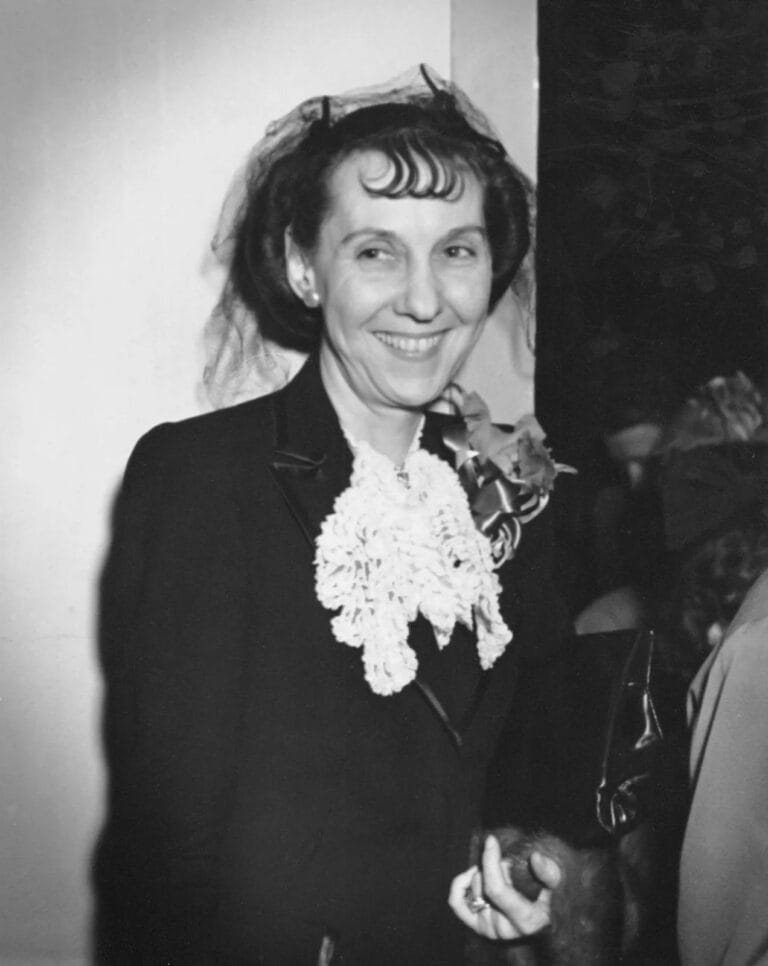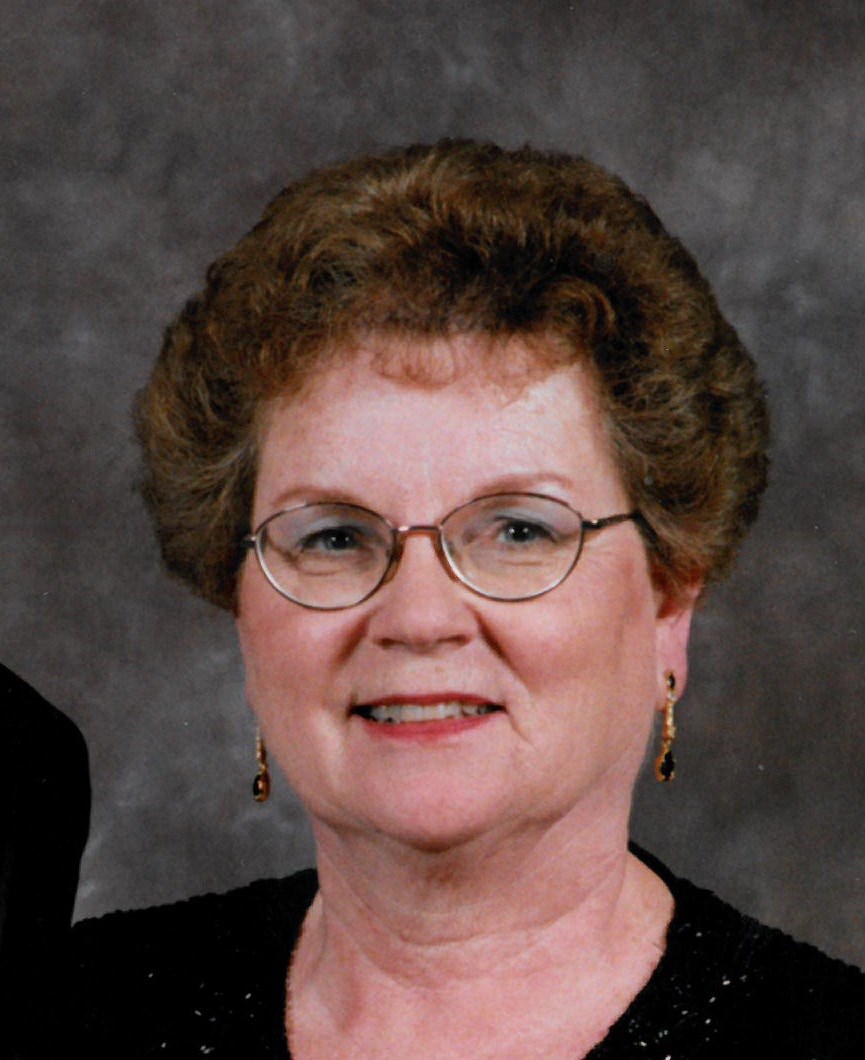Mamie Lincoln: The First Lady Who Stole Hearts
Let me tell you a story about a woman who not only graced the White House but also left an indelible mark on American history. Her name? Mary Todd Lincoln, or Mamie Lincoln as she was affectionately called by some. Now, I know what you're thinking—why should you care about someone from over a century ago? Well, buckle up, because this isn't just another history lesson. It's a tale of resilience, elegance, and the challenges of being in the spotlight during one of America's most tumultuous periods.
Picture this: the mid-1800s, a time when the nation was torn apart by civil war, and at the heart of it all stood a woman who balanced grace and grit. Mamie Lincoln wasn’t just the wife of one of America's most iconic presidents; she was a force to be reckoned with. Through her charm and determination, she became a symbol of strength during trying times.
But let’s not get ahead of ourselves. Before we dive into the intricacies of her life, let’s take a moment to understand why Mamie Lincoln continues to fascinate historians and casual readers alike. Her story is more than just a biography; it's a reflection of how personal lives intersect with national events. So, are you ready to uncover the life of this remarkable woman? Let's go.
Read also:Adrienne Elrod Married The Love Story Beyond The Spotlight
Daftar Isi
Biography: A Glimpse into Mamie Lincoln's Life
Early Life: The Todd Family Legacy
Marriage to Abraham Lincoln: Love Amidst Turmoil
Her Time in the White House: Challenges and Triumphs
Mamie Lincoln's Fashion: A Reflection of Her Era
Criticism and Controversy: The Price of Fame
Read also:Jasmine Sherni The Rising Star Whos Captivating The World
Legacy: How Mamie Lincoln Shaped History
Family Life: The Lincolns Behind Closed Doors
Mental Health: The Struggles of a First Lady
Conclusion: The Enduring Appeal of Mamie Lincoln
Biography: A Glimpse into Mamie Lincoln's Life
Mamie Lincoln, born Mary Ann Todd on December 13, 1818, in Lexington, Kentucky, was a woman of many facets. She was the daughter of Robert Smith Todd, a wealthy businessman, and Elizabeth Parker Todd. Growing up in a privileged household, Mamie was no stranger to luxury and refinement. But life had other plans for her, and her journey from a southern belle to the First Lady of the United States was anything but ordinary.
Mamie Lincoln's Personal Data
| Full Name | Mary Ann Todd Lincoln |
|---|---|
| Birthdate | December 13, 1818 |
| Place of Birth | Lexington, Kentucky |
| Spouse | Abraham Lincoln |
| Children | Robert Todd Lincoln, Edward Baker Lincoln, William Wallace Lincoln, Thomas "Tad" Lincoln |
Her life wasn’t just defined by her role as a First Lady; it was a tapestry of personal triumphs and heartaches. From her early days in Kentucky to her time in Washington D.C., Mamie Lincoln's journey is one that deserves to be explored in depth.
Early Life: The Todd Family Legacy
Growing up, Mamie Lincoln was surrounded by a family that valued education and social standing. Her father, Robert Todd, was a prominent lawyer and businessman, and her mother, Elizabeth Parker Todd, came from a well-respected family. This upbringing shaped Mamie into a woman who was both educated and socially adept.
She attended the Shelby Female Academy and later the Madame Mentelle's Boarding School, where she received an excellent education. These formative years laid the foundation for her future role as a First Lady. But let’s not forget, Mamie wasn’t just about books and manners. She was known for her sharp wit and lively personality, qualities that would later help her navigate the complexities of Washington politics.
Marriage to Abraham Lincoln: Love Amidst Turmoil
Theirs was a love story that defied the odds. Mamie Lincoln met Abraham Lincoln in Springfield, Illinois, and their relationship blossomed despite their differing backgrounds. While Mamie came from a wealthy southern family, Abraham was a self-made man from humble beginnings. Their union was not without its challenges, but it was a partnership built on mutual respect and love.
They married on November 4, 1842, and their marriage was marked by both joy and sorrow. Together, they had four sons, but tragically, only one, Robert Todd Lincoln, outlived his parents. The loss of their children was a burden they carried throughout their lives, yet it also strengthened their bond.
Her Time in the White House: Challenges and Triumphs
When Abraham Lincoln was elected President in 1860, Mamie Lincoln became the First Lady of the United States. This was a role she embraced with both enthusiasm and trepidation. The Civil War was raging, and the nation was divided, making her position even more challenging.
Mamie was determined to make the White House a beacon of hope and elegance. She renovated the presidential mansion, bringing in the latest furnishings and decorations. Her efforts were not without criticism, as some saw her spending as extravagant during such dire times. But Mamie believed that beauty and refinement could uplift the spirits of a nation in crisis.
Hosting Events and Social Gatherings
- Organized numerous social events to boost morale
- Used her influence to promote causes close to her heart
- Championed the rights of soldiers and their families
Mamie Lincoln's Fashion: A Reflection of Her Era
Let’s talk fashion, because let’s face it, Mamie Lincoln was a trendsetter in her own right. Her style was a blend of elegance and sophistication, perfectly capturing the essence of the Victorian era. She was known for her elaborate gowns and accessories, often setting the standard for what was fashionable in Washington circles.
Her wardrobe was a reflection of her personality—bold yet refined. Mamie understood the power of image and used it to her advantage. Whether it was a grand ball or a simple tea party, she always made an entrance that commanded attention.
Criticism and Controversy: The Price of Fame
No story is complete without its share of controversies, and Mamie Lincoln’s life was no exception. She faced criticism from various quarters, ranging from her spending habits to her southern roots. Some accused her of being out of touch with the realities of war, while others questioned her loyalty to the Union cause.
Despite the criticism, Mamie remained steadfast in her beliefs. She used her platform to advocate for causes she believed in, such as the welfare of soldiers and their families. Her resilience in the face of adversity is a testament to her strength as a woman and a leader.
Legacy: How Mamie Lincoln Shaped History
The legacy of Mamie Lincoln extends far beyond her years in the White House. She was a woman who broke barriers and set precedents for future First Ladies. Her contributions to American history are often overlooked, but they are no less significant.
Mamie’s influence can be seen in the way she navigated the complexities of her role, balancing tradition with innovation. She was a trailblazer in her own right, paving the way for women in politics and public life.
Key Contributions
- Advocated for soldiers' rights and welfare
- Set a standard for elegance and refinement in the White House
- Influenced future First Ladies with her approach to public service
Family Life: The Lincolns Behind Closed Doors
Beyond the public eye, the Lincolns were a family like any other, grappling with the challenges of everyday life. Mamie and Abraham shared a deep love for their children, and their home was filled with both laughter and tears. The loss of their sons was a constant reminder of the fragility of life, yet they found solace in each other’s company.
Their family life was a testament to their strength as a couple. Despite the pressures of their roles, they remained committed to one another, supporting each other through thick and thin.
Mental Health: The Struggles of a First Lady
It’s important to acknowledge the mental health struggles that Mamie Lincoln faced. The loss of her children, the stress of war, and the demands of her role took a toll on her well-being. Yet, she persevered, finding ways to cope and continue her work.
Mamie’s story is a reminder of the importance of mental health awareness, especially for those in positions of power. Her ability to navigate these challenges is a testament to her strength and resilience.
Conclusion: The Enduring Appeal of Mamie Lincoln
As we come to the end of this journey through the life of Mamie Lincoln, it’s clear that her story is one of resilience and grace. She wasn’t just the First Lady of the United States; she was a woman who left an indelible mark on history. Her contributions, both public and private, continue to inspire generations.
So, what can we learn from Mamie Lincoln? That even in the face of adversity, grace and determination can lead to greatness. Her legacy is a reminder that history is not just about the grand events but also about the people who shape them.
Now, it’s your turn. What do you think about Mamie Lincoln’s story? Leave a comment below and share your thoughts. And if you enjoyed this article, don’t forget to share it with your friends. After all, history is best shared with others.
Article Recommendations


